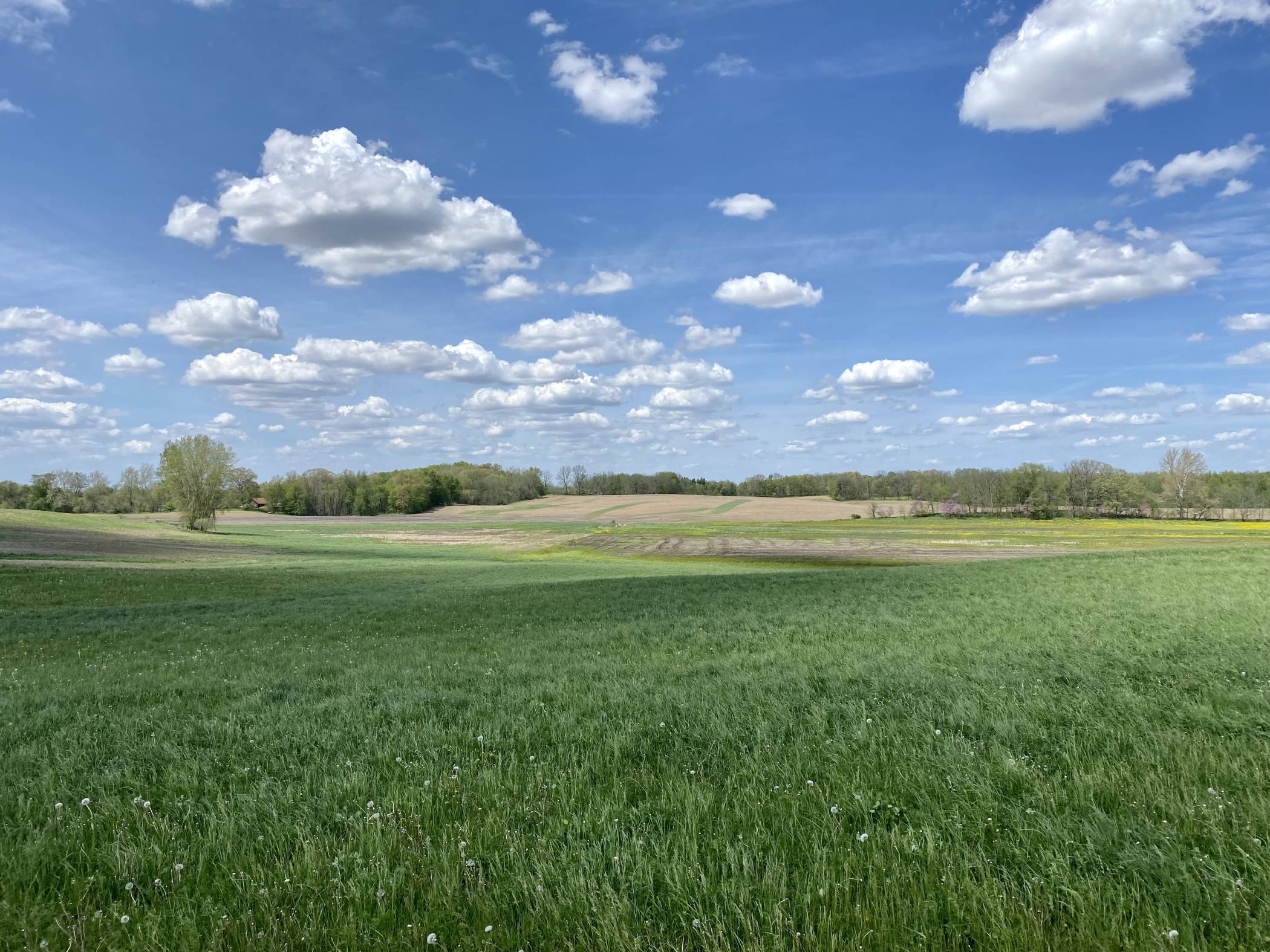New Tool Measures Cost-Effectiveness of Water Quality Projects
Monday, October 14, 2024

Investing in Impact
Chick Sweeney, a retired civil engineer and member of TWF’s Watershed Management Committee, has developed a tool to measure the cost-effectiveness of water quality projects.
TWF’s projects are designed to prevent pollution on land from reaching local waterways. Most take place on private, often agricultural land. We work with landowners and other partners to identify pollution problems, craft potential solutions, and secure necessary funding.
The Watershed Management Committee oversees this process, ensuring the work is data-driven, supported by science, and uses TWF’s resources wisely. Sweeney explains how different tools help the committee make informed decisions about which projects to approve. For example, the Environmental Protection Agency (EPA) Region 5 Model predicts how much sediment, nitrogen, and phosphorus runoff a project will prevent each year. Technical guides from the Natural Resource Conservation Service (NRCS) provide estimates of the longevity of various conservation practices. These tools aren’t perfect, and there are plenty of variables to consider in applying them, but they provide valuable insight into a project’s pollution reduction potential.
Sweeney realized the committee needed a tool to help determine a project’s financial return on investment. For each dollar spent, how many pounds of pollution could a project prevent? In other words, he says, “What’s the best bang for TWF’s buck and the farmer’s efforts?”
Sweeney dug into TWF’s project database, combing through more than two decades of information. For each project, he looked at the conservation practices used, pollution-reduction estimates, and the total costs. He also took longevity into account. Cover crops, for example, have to be planted each year. Grassed waterways last 10 years. It was a time-consuming process, but once he had enough information, Sweeney could calculate a Project Performance Index (pollution reduction by year divided by the annualized cost) for each of TWF’s past projects. The results were revealing.
The biggest bang for the buck, according to the data? Prevention.

“There is No Silver Bullet”
Practices designed to prevent problems were more cost-effective than those that fixed problems. For example, a farmer can use cover crops and no-till planting to help protect his fields from soil loss. Other practices, like water and sediment control basins, can capture soil that has already eroded–but those are more expensive. “The practices you think will be the most helpful are the most helpful,” says Sweeney. “The numbers bear that out.”
Another big takeaway? Projects that used multiple conservation practices were often necessary, yet still cost-effective. “Natural systems are complex systems,” explains Sweeney. “Complex systems require complex solutions. There is no silver bullet.”
Going forward, Sweeney’s Project Performance Index analysis can help TWF and the Watershed Management Committee decide where to invest money, time, and other resources to make the greatest impact on water quality.
To learn more about how TWF partners with landowners to protect local lakes, check out our Healthy Shorelines Initiative and Soil Health Initiative!
You May Be Interested In:

Wake Boat Legislation: an Update on Indiana HB1423
3 weeks ago by TWF

4 Simple Actions for Healthier Lawns & Lakes
3 weeks ago by TWF

Farmer Breakfast Highlights Challenges and Benefits of Conservation Ag
1 month ago by TWF

Winners Announced in 2024 Picture Your Watershed Photo Contest
2 months ago by TWF
Be a Hero for Healthy Lakes!
Our lakes need help. Our lakes need you. You can volunteer on clean water projects, take an action pledge, attend an event, donate funds – there are so many ways to make a difference! Will you join us?